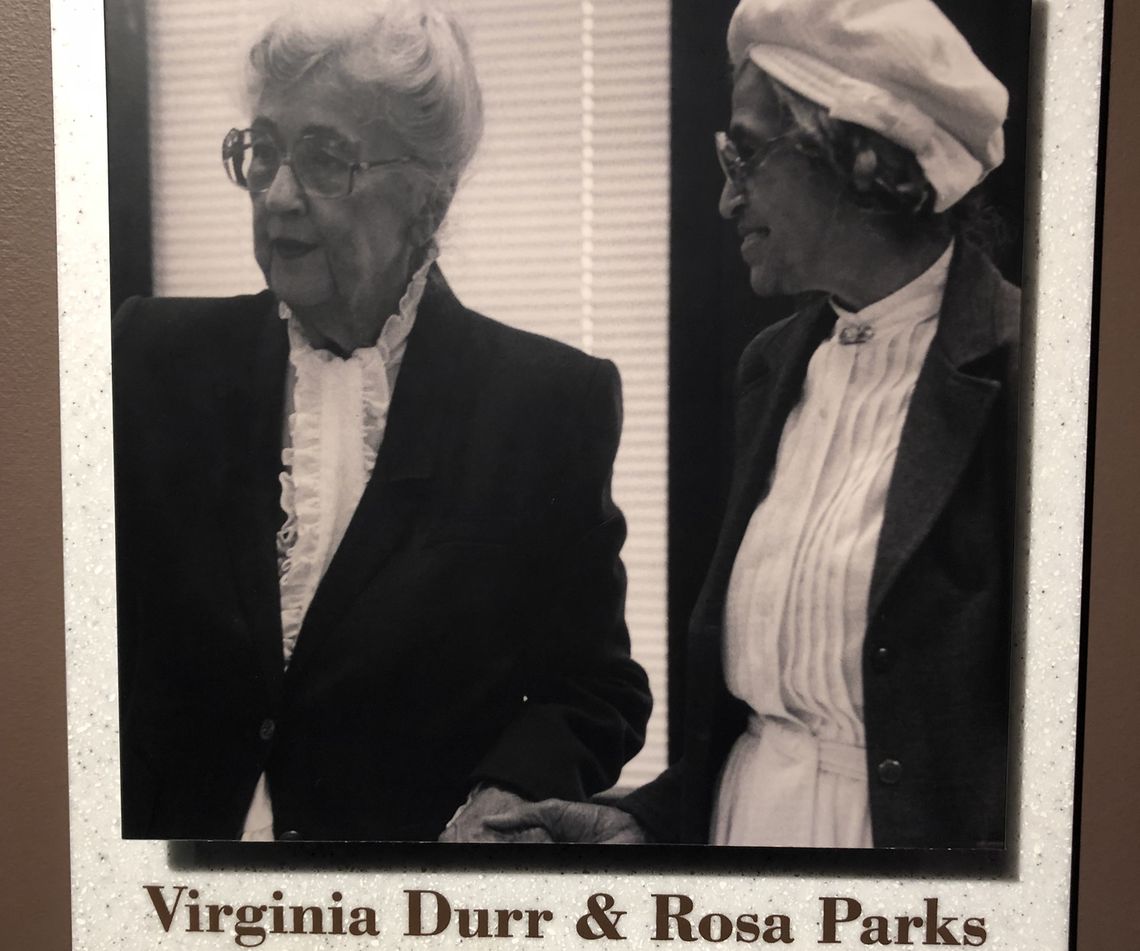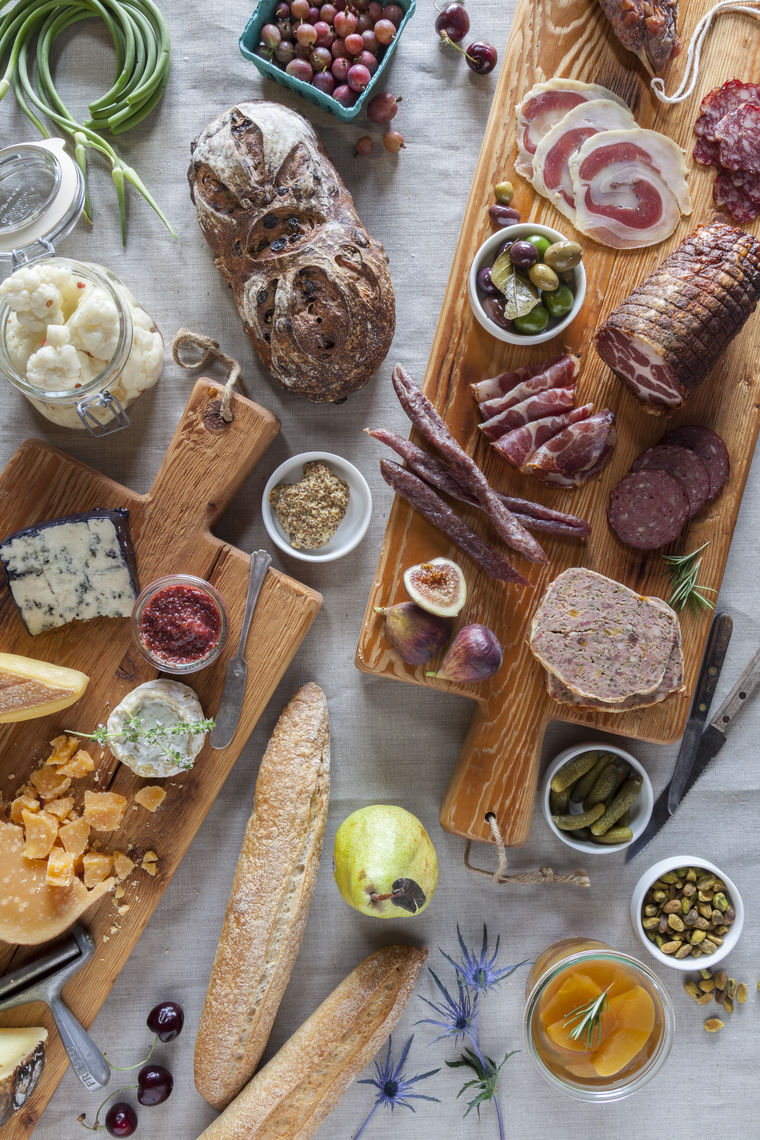Jeff’s Civil Rights Trip
Over the years, we have catered and cooked for tens of thousands of people, the famous and the less famous. We have cooked for Beverly Sills, Muddy Waters, and Bishop Desmond Tutu. We have catered weddings for Tina Fey, and, this past summer, Carson Wentz. Many years ago, however, we had the great honor to cook dinner for a woman who exemplified courage and grace, and whose actions, over 60 years ago, helped usher in a new era of civil rights.
That woman, of course, was Rosa Parks. Her decision, in 1955, to refuse to obey the Jim Crow law requiring black Americans to move to the back of the bus led to the famous Montgomery bus boycott, the rise to prominence of Dr. Martin Luther King as the leader of the boycott, and the Supreme Court decision, a year later, which outlawed segregation in Alabama’s public bus and transportation systems.
Many years later, when PBS was filming “Eyes on the Prize,” a documentary chronicling the early struggle for civil rights in America, Rosa Parks stayed in Philadelphia for a portion of the filming. She stayed with Sheldon and Lucy Hackney, at the University of Pennsylvania. At that time, Sheldon was President of Penn, and Lucy was an attorney in the city. Lucy’s mother, Virginia Durr, was also on hand for the filming, as she and her husband Clifford Durr had been friends and supporters of Ms. Parks. And, when Ms. Parks was arrested, Clifford Durr joined the defense team, an action which enraged much of white Montgomery against the Durrs.
As the in-house caterers for the Hackneys, we were called upon to prepare and serve a number of meals for their special guest, and I had the chance to chat briefly with Ms. Parks. What I remember was a very gracious, very kind older woman, whose gentle demeanor belied her historic role as a civil rights revolutionary.
Thus, when several months ago, and 30-plus years after meeting Ms. Parks, I got the chance to visit the south on a civil rights journey, I jumped at the opportunity.
Our tour started with a visit to Atlanta and Dr. King’s boyhood neighborhood. We visited the Ebenezer Baptist Church where Dr. King served as assistant pastor to his father, the Reverand Martin Luther King Sr., and then paid respects at Dr. King’s grave. While all of us know a little more, or a little less about King’s leadership of a movement that was non-violent, it is only with a closer look at the beatings, shootings, house bombings and other abuse the freedom fighters endured that one truly appreciates the magnitude of the courage the members of the movement had to possess.
We walked across the Pettus Bridge in Selma Alabama, where, on March 7, 1965, peaceful marchers, attempting to walk from Selma to Montgomery were tear-gassed and viciously beaten by club-wielding police and state troopers.
The most moving experience of the trip was our visit to the new National Memorial for Peace and Justice, also known as the lynching museum. The chilling exhibit features 800 six-foot metal monuments- one for each county in the US. where a lynching took place. Etched onto the coffin shaped boxes are the names of the victims from each county. The boxes are suspended from the ceiling, and as you walk from beginning to end, the ceiling and boxes rise higher and higher in the air until they stop with their bases at eye level. Touring the museum is a deeply disturbing experience, but one which every American should undertake.
Finally, we toured the Rosa Parks Museum. Through videoed interviews, posters, articles and other artifacts, we had a chance to better understand the beginning of the Civil Rights movement and this quiet but incredibly brave woman who helped free all of America from Jim Crow. I left the Museum and the tour grateful for the courage of these brave individuals, and grateful to have had the honor to meet and prepare a meal for Rosa Parks.




